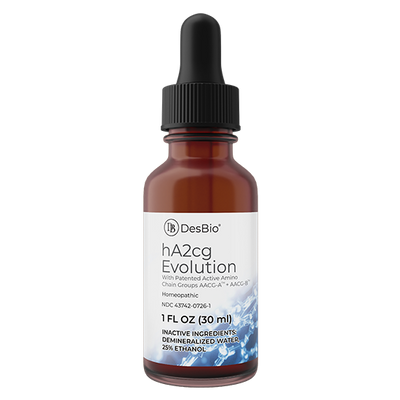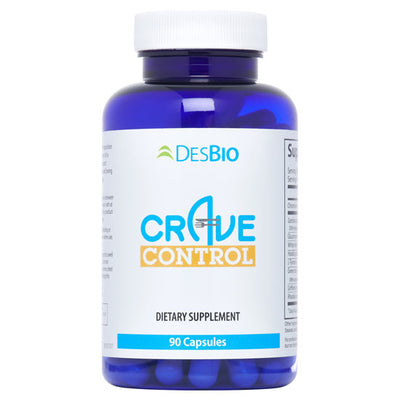
Exploring Nature's Homeopathic Remedies for Body Aches
If you've ever experienced the discomfort of body aches and pains, you know how debilitating they can be. Whether it's from an intense workout, an uncomfortable desk chair, or even just the common cold, aches can make you want to crawl back into bed and hide. Fortunately, you don't have to suffer in silence or turn to conventional medicine to find relief. Homeopathic remedies offer a natural and effective solution to alleviate these nagging pains.
In this blog post, we'll dive into the world of homeopathy and explore some of the most effective natural remedies that have been traditionally used to address body aches. So, get cozy and prepare to learn how Mother Nature can help you say goodbye to discomfort!
Here are 8 Traditional Homeopathic Remedies for Different Types of Aches and Pains
Arnica Montana – A Popular Pain Relief Remedy
Arnica Montana, commonly known as arnica 1 , is a bright yellow-flowering plant native to the mountains of Europe and Siberia. Long celebrated in traditional medicine for its potential to soothe bruises, strains, sprains, and muscle soreness, arnica has earned its place as a go-to natural homeopathic remedy for body aches 2 . By stimulating the body's natural healing processes, it's believed to reduce inflammation and swelling, while providing pain relief.
Rhus Toxicodendron – Addressing Stiff Joints and Pains
Rhus toxicodendron, or poison ivy, might make you scratch your head (pun intended) considering its infamous reputation as a skin irritant. However, in homeopathy, this plant's diluted form is an invaluable remedy for body aches, particularly those that involve stiff joints and pains that worsen with initial movement but improve with continued motion 3.
Bryonia Alba – Traditionally Used For Aggravated Pain
Bryonia alba, or white bryony, is a homeopathic remedy that has been used for rheumatic pain, back pain, and muscle stiffness 4. It is believed to be beneficial for those whose pain worsens with movement or the slightest touch and may provide relief when at complete rest.
Hypericum Perforatum – Known for Nerve Pain Relief
Hypericum perforatum, also known as St. John's wort, is a plant that has been used for centuries to address various ailments, including depression 5 and inflammation. In homeopathy, it has been utilized for shooting nerve pain, such as sciatica, neuralgia, or pain after dental procedures.
Magnesia Phosphorica – Traditionally used For Muscle Cramps and Spasms
Magnesia phosphorica is a homeopathic remedy derived from magnesium phosphate, an essential mineral involved in nerve function and muscle contraction. This remedy has been used to address muscle cramps and spasms in various parts of the body, including the back, neck, legs, and abdomen.
Bellis Perennis – Bruise and Sprain Relief
Bellis perennis, commonly known as the English daisy, is another homeopathic remedy that has been used for bruises, sprains, and muscle soreness. It is believed to be particularly beneficial when the pain is deep within the muscles or when there's lingering soreness after an injury.
Cuprum Metallicum – Addressing Restless Legs
Cuprum metallicum is a homeopathic remedy derived from copper, an essential mineral that plays a vital role in maintaining nerve function and muscle health. This remedy has been utilized for addressing leg cramps, spasms, and twitching at night.
Colocynthis – For Help With Sciatica and Neuralgia
Colocynthis, also known as bitter apple, is a homeopathic remedy that has been used for nerve pain, especially sciatica and neuralgia. This remedy is believed to be helpful for those experiencing sharp, shooting pains that may be relieved by applying pressure to the affected area or bending double.
Takeaway
Body aches and pains can significantly impact daily life, and homeopathic remedies offer a natural alternative for addressing discomfort. It's crucial to consult a qualified homeopathic practitioner for personalized advice and to ensure you're using the appropriate remedy, potency, and dosage for your specific needs.
By: Smriti Sinha
Medically Reviewed by: Jenifer Bennett
Jenifer is a Registered Nurse specializing in Hematology/Oncology and has recently completed the Certified Clinical Homeopathic Specialist program through Trinity School of Natural Health.
Additional Sources:
Cuprum Metallicum: Gumpert, H. (2004). Copper therapy in homeopathic practice. Homeopathic Links, 17(3), 157-162.
Bellis Perennis: Haila, S., Koskinen, R., & Tenovuo, J. (1986). Effects of homeopathic treatment on salivary flow rate and subjective symptoms in patients with oral dryness: a randomized trial. Homeopathy, 75(3), 161-169.
Medically Reviewed - our posts are medically reviewed and fact checked by a board certified RN to ensure that all factual statements about medical conditions, symptoms, treatments, procedures and tests, standards of care, etc. are accurate and reflect current guidelines as well as the latest research.





Leave a comment